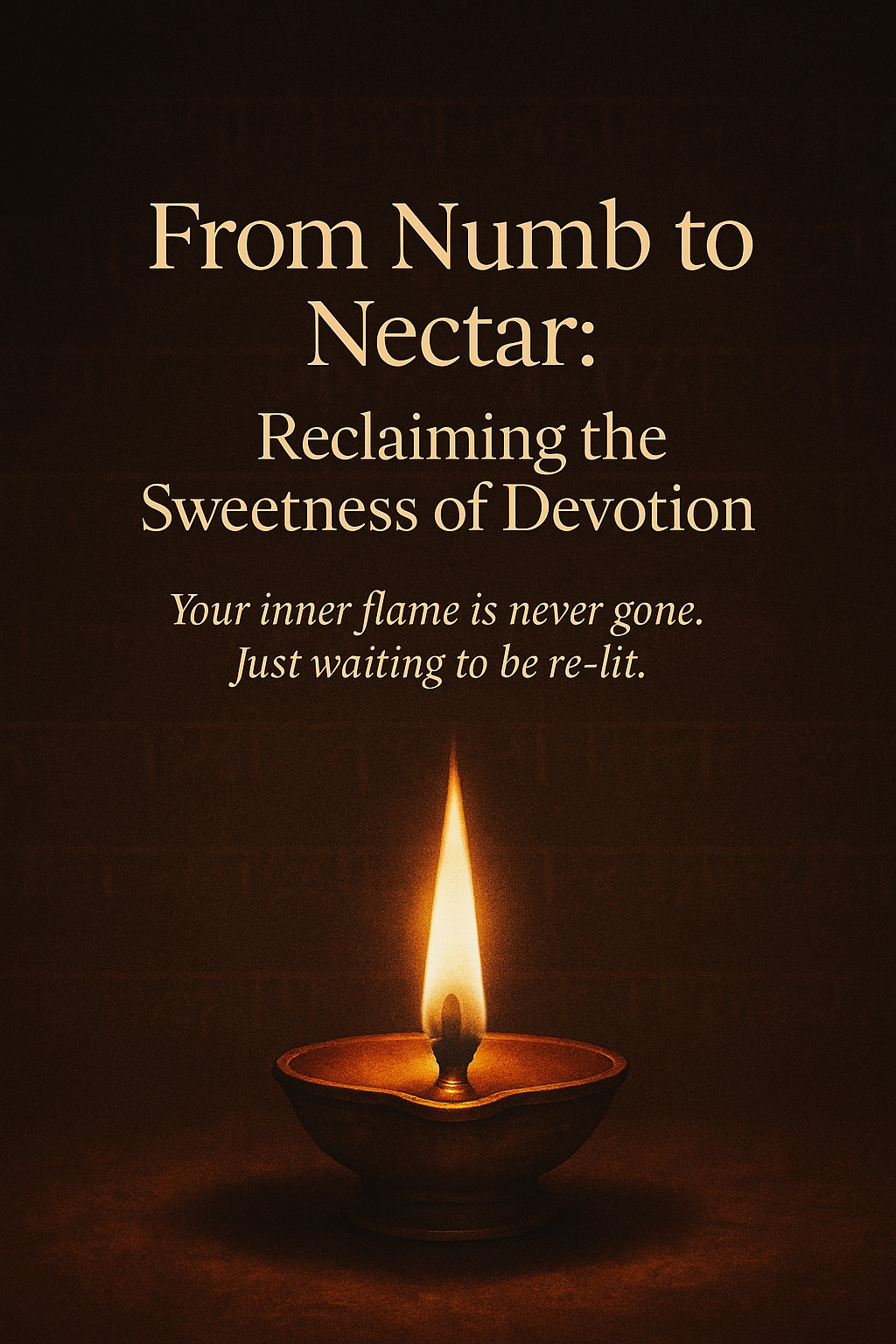Vijaya Dashami, also known as Dussehra, is a revered celebration marking the triumph of good over evil, symbolized through the victory of Lord Rama over the demon king Ravana as told in the Ramayana. This festival, celebrated differently across India, underscores the moral that righteousness, truth, and justice will always prevail over arrogance, ego, and evil. The burning of Ravana's effigy is a powerful ritual symbolizing the destruction of negative human tendencies such as lust, anger, and greed, encouraging individuals to reflect on and overcome these vices.
The significance of Vijaya Dashami extends beyond its festive rituals to encompass personal reflection and spiritual growth. It invites devotees to reflect on their inner battles and the personal growth achieved throughout the year, drawing parallels to Rama's victorious journey. Celebrated with diverse customs across regions—from effigy burning in North India to Goddess Durga's immersion in Bengal—each tradition reinforces the festival's central message of the victory of inner truth and righteousness.
Ultimately, Vijaya Dashami serves as a spiritual reminder of the continuous struggle to conquer one's inner demons through self-awareness, perseverance, and devotion. It encourages individuals to celebrate and uphold their values while letting go of ego and negative attachments, leading to personal renewal and growth. By aligning actions with principles of kindness and righteousness, the essence of Vijaya Dashami can be honored in daily life, reminding us that good will invariably triumph over adversity.
Read more...Navaratri, a vibrant nine-day festival, honors the Goddess Durga in her various forms, each associated with a specific color symbolizing different divine energies and qualities. Day 1 sees the worship of Goddess Shailaputri with the color yellow, representing brightness and new beginnings. This is followed by Day 2, dedicated to Goddess Brahmacharini, symbolized by green, representing growth and renewal, and Day 3 for Goddess Chandraghanta, marked by grey, embodying balance and protection.
The colors continue to reflect the essence of each goddess, with Day 4 dedicated to Goddess Kushmanda with orange, symbolizing energy and creativity. Day 5 celebrates Goddess Skandamata through the color white, representing purity and peace, while Day 6 honors Goddess Katyayani with red, symbolizing strength and courage. Day 7 sees the fierce Goddess Kalaratri associated with royal blue, representing powerful energy, while Day 8's pink embodies the compassion and beauty of Goddess Mahagauri.
Finally, the festival culminates on Day 9 with purple, the color of Goddess Siddhidatri, signifying spiritual wisdom and enlightenment. Through these colors, devotees not only embrace the festive spirit but also enhance their spiritual connection and growth, aligning themselves with the divine virtues each goddess represents. This meaningful tradition fosters a deepened sense of devotion and reflection, enriching the spiritual journey of all who participate.
Read more...In Vedic astrology, the 27 Yogas are crucial planetary combinations that significantly influence a person's life experiences. These Yogas are derived from the Moon's position relative to the Sun, each characterized by distinct influences. For instance, Vishkambha signifies strength and a prosperous life, while Priti encourages love and friendship.
Some Yogas, such as Ayushman and Saubhagya, promote health, longevity, and fortune, whereas others like Atiganda and Shoola indicate challenges and potential conflicts. Yogas like Shobhana and Dhriti emphasize beauty and mental calmness, respectively. Meanwhile, Harshana and Siddhi encourage joy and accomplishment, showcasing the diverse spectrum of effects these Yogas can have.
Consulting an experienced astrologer is essential for understanding these Yogas as they can interpret them based on an individual's specific birth chart. Such insights can provide clarity on personal strengths, challenges, and opportunities rooted in the unique interplay of celestial bodies.
Read more...The blog post delves into the intricate Indian timekeeping system known as the Panchanga, a Vedic calendar deeply rooted in the science of Vedanga Jyotisha. Panchanga goes beyond measuring time, acting as a cosmic guide that aligns human activities with the celestial movements. It encompasses five critical components—Tithi, Vara, Nakshatra, Yoga, and Karana—which collectively guide the determination of auspicious times for rituals, festivals, and significant life events.
The Panchanga intricately balances lunar and solar computations to provide a comprehensive understanding of time, influenced by Vedic astronomy’s meticulous observations. Each of the elements, from the lunar days (Tithi) to planetary influences (Vara), contributes to understanding daily life and spiritual practices, offering a profound connection to cosmic forces. Historically, these elements have been employed to predict eclipses and solstices, demonstrating a sophisticated grasp of the cosmos in ancient Indian culture.
Moreover, the Panchanga plays a vital role in determining muhurtas, or auspicious times, for important events like weddings and religious observances, thus harmonizing human actions with universal rhythms. It serves as both a practical and spiritual tool, emphasizing the importance of aligning individual lives with the rhythms of the universe to foster harmony and spiritual growth. The Panchanga not only serves as a measure of time but also acts as a spiritual compass, underscoring the connection between the macrocosm and microcosm, and promoting a life in harmony with cosmic dharma.
The Panchanga, an ancient and intricate Indian calendar system, offers a sacred approach to timekeeping grounded in Vedanga Jyotisha, a science of Vedic astronomy. Differing from modern calendars that simply track days and months, it serves as a cosmic guide that aligns human life with celestial movements. The Panchanga comprises five elements: Tithi (lunar day), Vara (weekday), Nakshatra (lunar mansion), Yoga (astral combination), and Karana (half lunar day), all of which determine auspicious moments for various activities like rituals and travel.
Embedded deeply in the Vedas, the Panchanga reflects an ancient integration of spirituality and science, offering a pathway to live in harmony with the cosmos. It incorporates both lunar and solar calculations, creating a comprehensive timekeeping system essential for planning major life events and daily routines. This system was originally rooted in astronomical observations, with ancient sages using it to foster a life aligned with universal rhythms.
The Panchanga is intricately woven into the daily and spiritual lives of many in India, guiding people in selecting auspicious timings for significant events such as weddings and festivals. Its use encourages a harmonious lifestyle that aligns personal actions with cosmic energies, illustrating a deep connection between the macrocosm and microcosm. By embracing the Panchanga, individuals are reminded that time is a living rhythm, inviting them to partake in the cosmic dance of the universe.
Read more...Invisible loyalties within family systems often lead individuals to unconsciously replicate the same narratives across generations, whether it’s experiencing loneliness, divorce, or familial diseases. These patterns, driven by a concept known as "good conscience," compel individuals to follow family paths out of a sense of duty or tradition, resulting in what is referred to as "blind love." The blog post explores how one can break free from these cycles by embracing "bad conscience," not as wrongdoing but as a step towards individuation and "enlightened love."
"Enlightened love" empowers individuals to craft their unique paths, moving beyond family expectations. To achieve this, individuals are encouraged to stop criticizing their family systems and instead practice acceptance and understanding of their family members. Honoring ancestors for their efforts, practicing daily gratitude, and embracing life with humility are key steps in connecting with this enlightened form of love and breaking the cycle of repeating family history.
By recognizing and honoring both the light and dark aspects of family history, individuals can liberate themselves from its relentless repetition, as noted by Bert Hellinger. This process allows one to build a personal legacy driven by enlightenment and self-determined love. Ultimately, this approach offers the freedom to shape one's destiny differently, fostering personal growth and fulfillment.
Read more...
